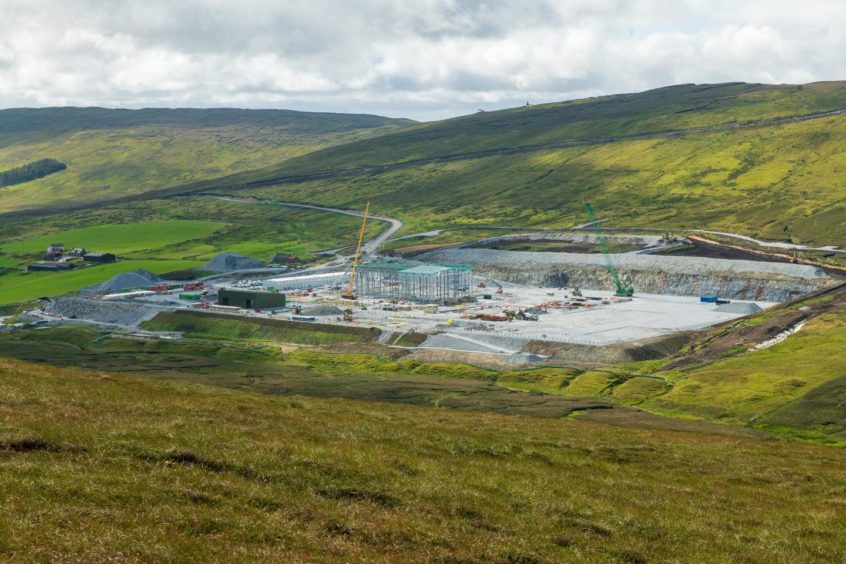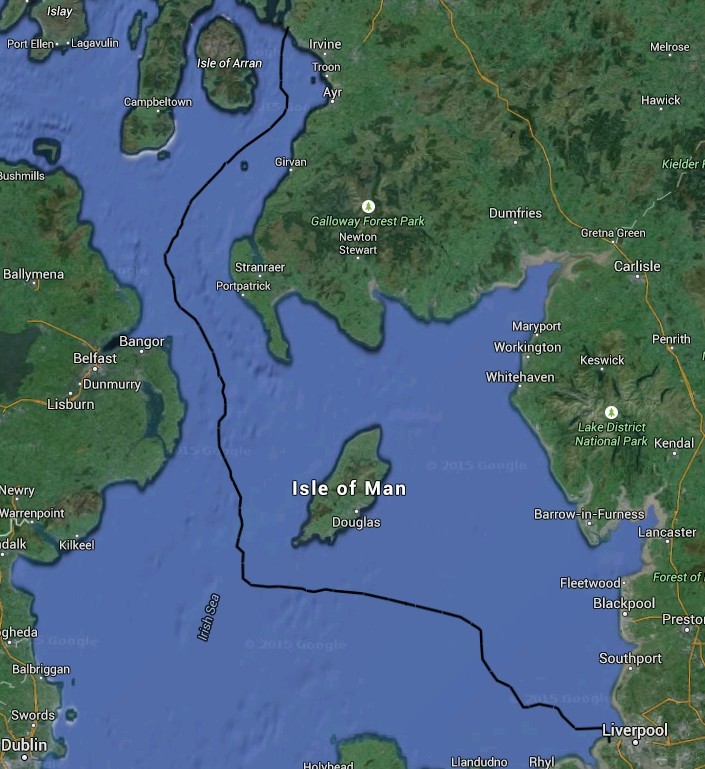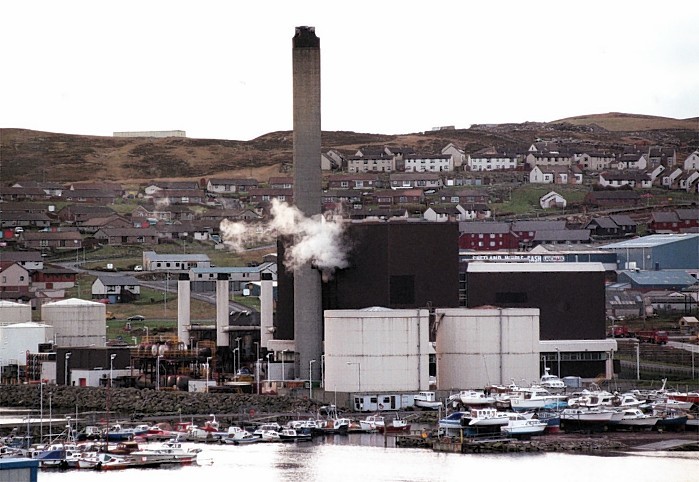
Issues with a major subsea cable project have ignited fresh fears about plans for a major project to hook Shetland up to the UK’s electricity grid.
Local campaigners have highlighted faults with the Western Link scheme and the potential for similar problems to arise with the planned Shetland link.
Similar concerns were voiced earlier this year after problems arose during work to replace one of the two electricity distribution cables connecting Orkney to the mainland.
The Western Link scheme
National Grid and Scottish Power Transmission recently agreed to pay a record redress package of £158 million for delays to the £1.2 billion Western Link scheme.
The 262-mile subsea high-voltage direct current (HVDC) cable runs from Ardneil Bay in Scotland’s west coast to the Wirral in England, allowing electricity to be transported around the UK.
But it has been plagued with issues, including a two-year delay and outages, which has led to constraint payments falling on the taxpayer.
And the “multiple faults” with the cable that were picked up by the energy regulator are causing anxiety for some residents in Shetland, given a similar scheme is ongoing there.
Shetland HVDC link
Plans were approved by Ofgem last year to lay a 200-mile interconnector between the island and the mainland.
It is aimed at maintaining security of supply to Shetland, with the Lerwick Power Station due to shut in 2025.
It will also allow for renewable energy to be transported off the island, which is home to SSE Renewables’ Viking wind farm – its due to start up production in 2024.
But the prospect of relying on a vast subsea cable for power doesn’t sit well with some Shetlanders.
Frank Hay, head of local group Sustainable Shetland, said: “Cable problems are of particular interest to us because of the length of the cable to Shetland and the probability of issues with it.
“In our opinion, Ofgem is failing to ensure value for money to consumers and the whole national energy supply situation is becoming chaotic. The headlong dash for green energy without properly ensuring security of supply is very worrying.
“Here in Shetland we are comforted by the fact that the existing Lerwick Power Station will be maintained on standby mode until at least 2035, a fact that even Ofgem seemed to be unaware of in their consultation documentation.”
Viking wind farm
The Shetland HVDC link is being delivered by SSEN Transmission, a subsidiary of Scottish energy firm SSE.
Ofgem recently gave the company permission to spend £642m on the scheme, which will hook Shetland up to the UK energy system for the first time.
A spokesperson for SSEN Transmission said that regulator Ofgem recognised the “clear consumer benefits” of its competitive tender procurement.
“The cost of the Shetland HVDC link will primarily be recovered from transmission connected Shetland renewable electricity generators, with electricity consumers across GB picking up the cost associated with SSEN Distribution’s £250m contribution to the link,” they said.
“SSEN Distribution’s contribution, which reflects the role the link will play in supporting Shetland’s future security of supply, will save GB consumers around £140m when compared to the cheapest market based alternative.”
They added that the Shetland transmission link would be “fully protected throughout its length” by either burial or rock placement on top of the cable, reducing the risk of damage and associated faults.
“In the unlikely event of a fault, or during times when the cable is taken out of service on a planned outage for maintenance, to ensure continued security of supply for Shetland residents and businesses, SSEN Distribution has set out proposals for a back-up solution, which includes transitioning Lerwick Power Station to operate as a standby station,” they continued.
Securing approval for constructing a link between Shetland and the mainland was “crucial” to the future of the 103-turbine Viking wind farm.
Currently under construction, the 443 megawatt (MW) project will be the UK’s largest onshore wind development.
But there are those in Shetland who are opposed to the development of Viking, amid concerns about its visual and environmental impact.
Mr Hay said: “The total cost of the subsea link and the Viking windfarm will be in the region of £1.3 billion.
“The Viking Energy windfarm and grid connection will probably prove to be one of the most expensive onshore windfarms anywhere in the world.
“Value for money for energy consumers is highly doubtful.”
Ofgem
An Ofgem spokesperson said: “We’re here to protect consumers and the Shetland HVDC link will ensure long-term security of supply, boosting our efforts as we stride towards meeting the net zero target at the lowest cost to consumers.
“Design of new transmission projects, how they should be built, and routes they should take is the responsibility of the developing Transmission Owner and the relevant planning authorities.
“The costs of the Viking Energy Wind farm will be borne by the developer, not by GB consumers.”
Recommended for you




 © Supplied by European Space Agenc
© Supplied by European Space Agenc